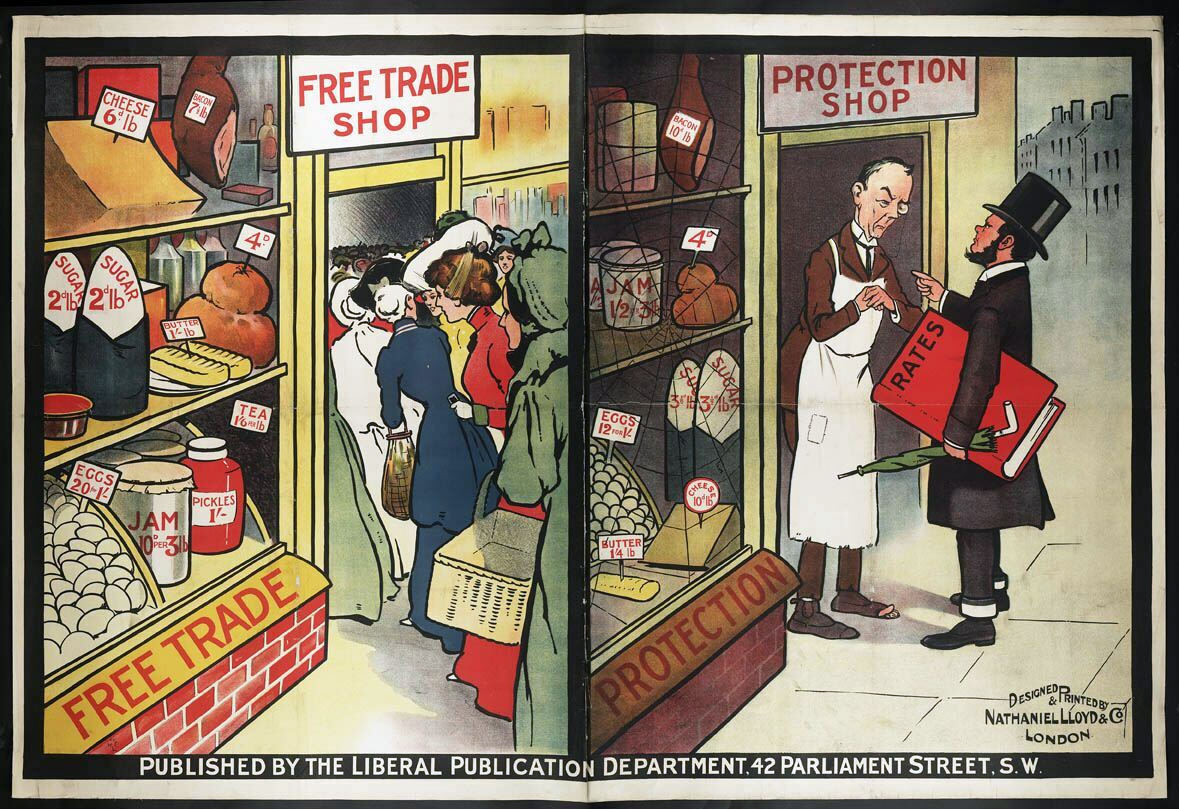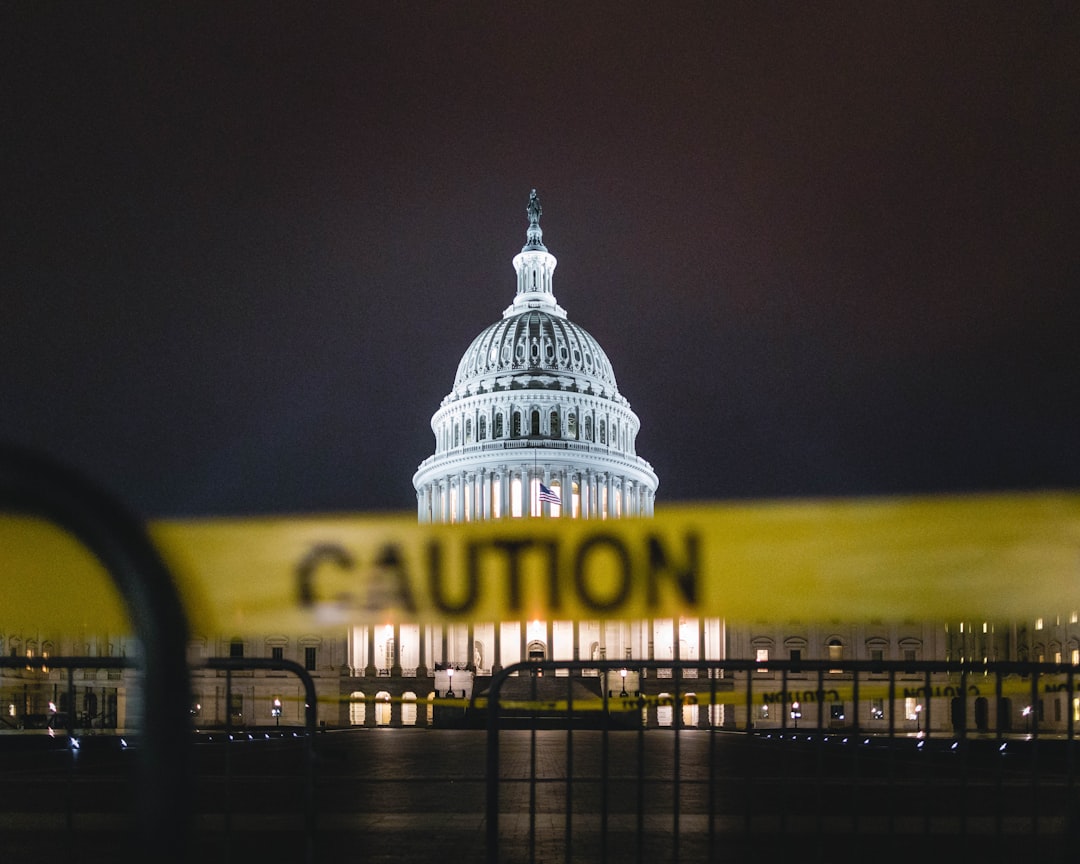The tug-of-war between protectionism and free trade has been a defining feature of U.S. economic policies for centuries. Tariffs, which are taxes levied on imported goods, have been at the heart of this debate. They serve as a lens through which we can view the nation’s journey in balancing domestic industries with international trade dynamics. But how did we get here? What historical twists and turns have shaped the current landscape? Let’s delve into the evolution of U.S. tariffs and explore the intricate dance between protectionism and free trade.
Historical Context of U.S. Tariffs

The journey of U.S. tariffs began in the late 18th century. The very first tariff act was passed in 1789, primarily as a means to generate revenue for the fledgling federal government. However, as the nation grew, so did its industries. Tariffs were increasingly used not just for revenue, but as a protective shield for young American industries against foreign competition. The Industrial Revolution, with its rapid technological advancements and burgeoning factories, saw a surge in protectionist policies. The U.S. was keen on establishing itself as an economic powerhouse, and tariffs were a tool to nurture and protect its industrial base.
The Rise of Protectionism

The late 19th and early 20th centuries witnessed a marked rise in protectionism. Economic downturns often fueled this sentiment, as industries and workers sought shelter from foreign competition. The infamous Tariff Act of 1930, commonly known as the Smoot-Hawley Tariff, epitomized this protectionist trend. By imposing high duties on hundreds of imports, it inadvertently deepened the Great Depression. Retaliatory tariffs from other nations followed, leading to a sharp decline in global trade. This period serves as a stark reminder of the potential pitfalls of excessive protectionism.
The Shift Towards Free Trade

The aftermath of World War II heralded a shift towards free trade. The U.S., recognizing the benefits of open markets, played a pivotal role in establishing international trade agreements. The General Agreement on Tariffs and Trade (GATT) in 1947 was a landmark initiative aimed at reducing tariffs and fostering global trade. This move reflected a growing belief that free trade could spur economic growth and prosperity. The post-war era saw nations coming together, breaking down trade barriers, and promoting a more interconnected global economy.
The Impact of NAFTA
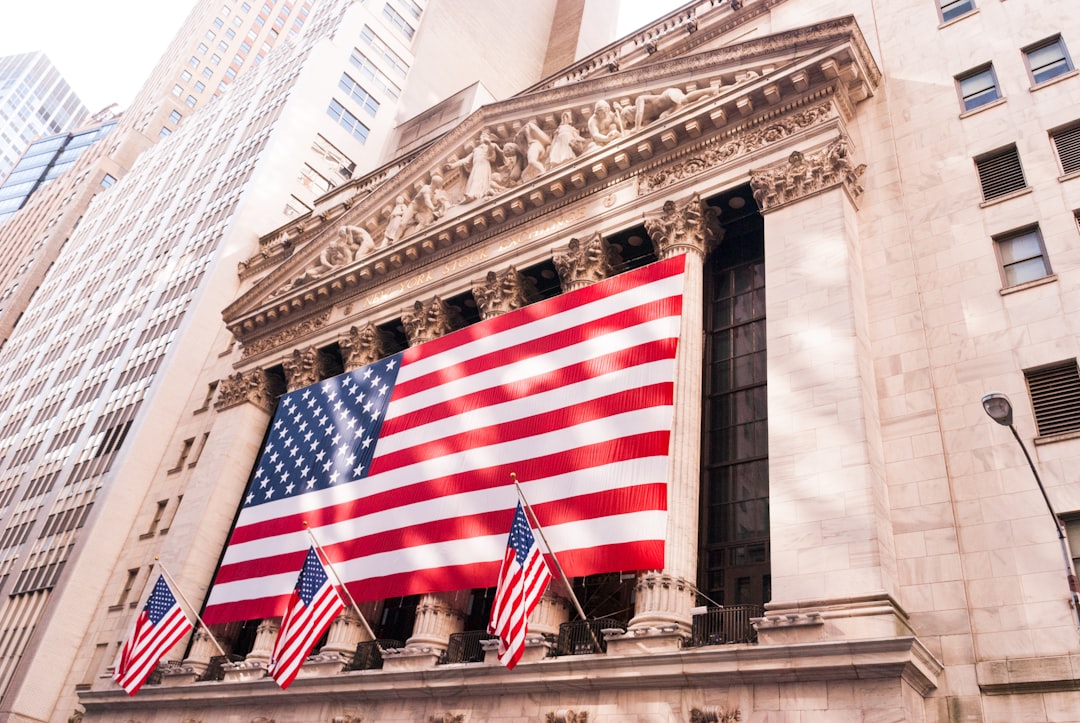
The North American Free Trade Agreement (NAFTA), implemented in 1994, marked a significant milestone in the U.S.’s trade policy. By eliminating tariffs between the U.S., Canada, and Mexico, NAFTA aimed to boost trade and economic cooperation. Proponents hailed it as a catalyst for economic growth and integration. However, critics argued that it led to job losses in certain sectors, particularly manufacturing. This dichotomy highlighted the ongoing tension between the ideals of free trade and the realities of protectionism, underscoring the complexities of modern trade agreements.
Recent Trends in Tariff Policy
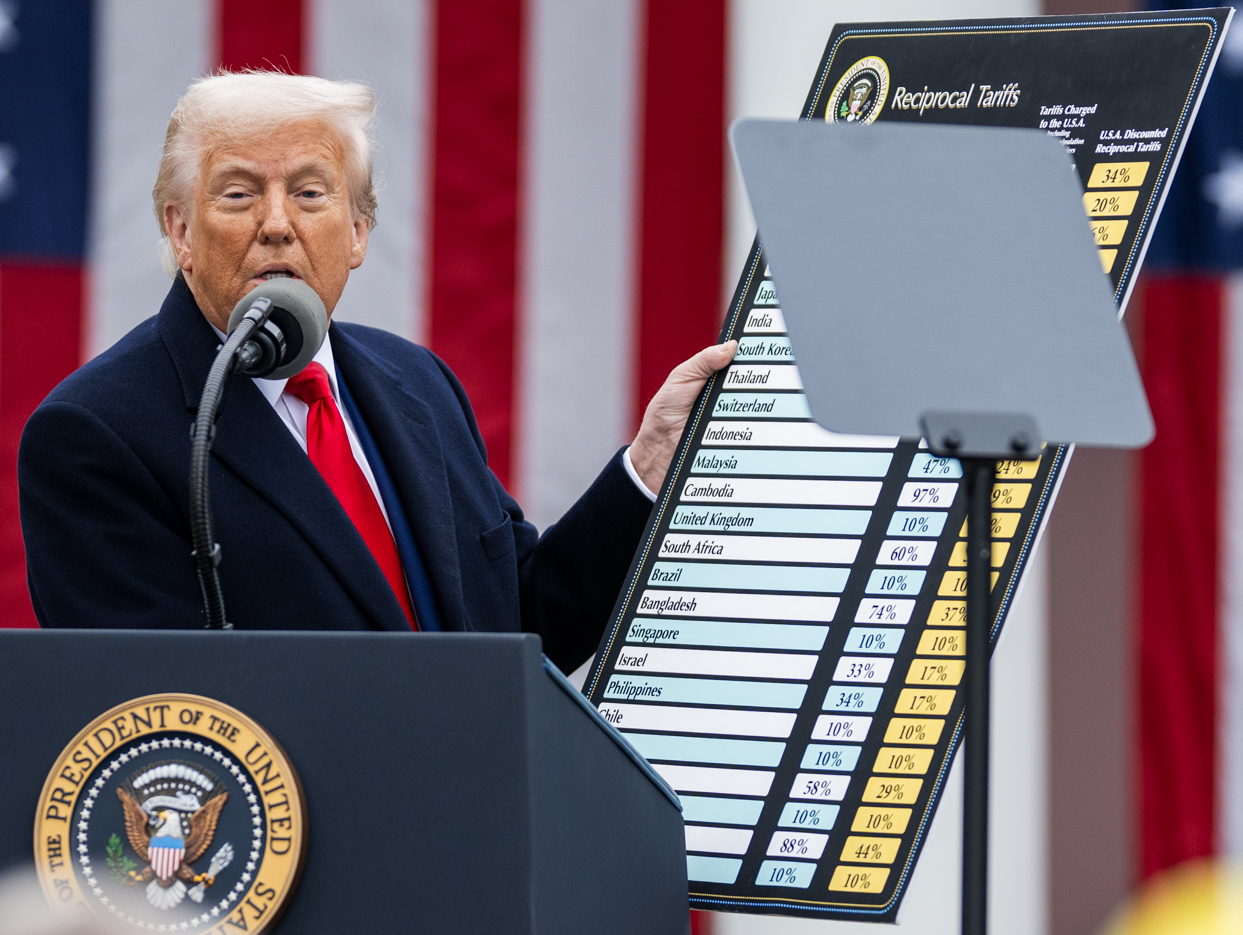
The past decade has witnessed a resurgence of protectionist sentiment in the U.S. The Trump administration, in particular, reignited debates on the efficacy of tariffs. In 2018, tariffs on steel and aluminum imports were introduced, followed by tariffs on Chinese goods. Supporters claimed these measures were necessary to safeguard American jobs and industries. However, opponents warned of potential repercussions, including higher consumer prices and strained international relations. This period underscored the delicate balance policymakers must strike in crafting tariff policies.
The Role of Globalization

Globalization has profoundly influenced the evolution of U.S. tariffs. As economies become increasingly interconnected, the ripple effects of tariffs extend beyond national borders. The rise of multinational corporations and intricate global supply chains has added layers of complexity to trade dynamics. Policymakers now grapple with the broader implications of tariff decisions, considering both domestic and international ramifications. In this globalized era, tariffs are no longer just a national concern but a component of a larger, interconnected economic tapestry.
The Future of U.S. Tariffs
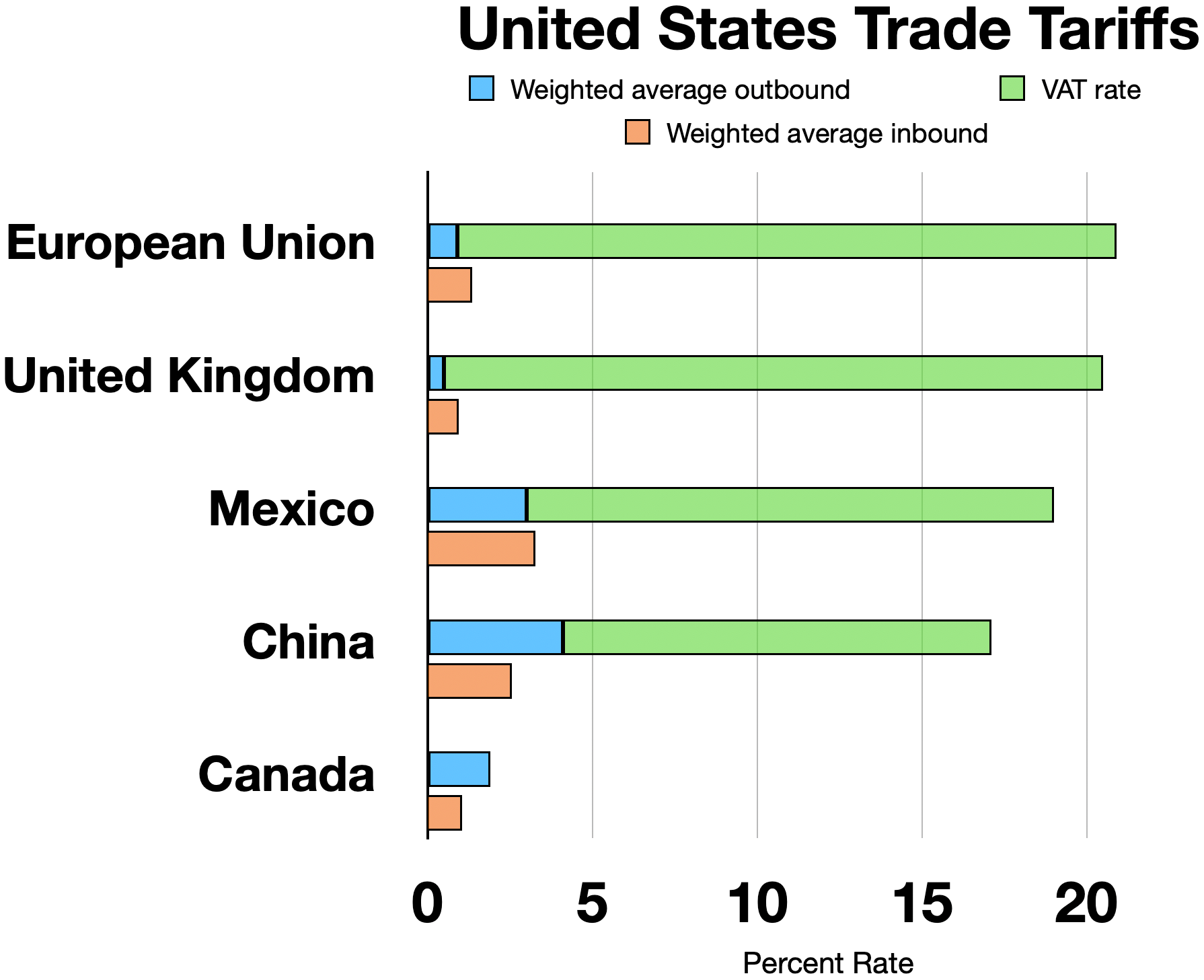
Looking to the future, the trajectory of U.S. tariffs remains uncertain. As the global economy continues to evolve, policymakers face the challenge of balancing domestic interests with international trade commitments. Emerging issues, such as climate change, labor standards, and technological advancements, will undoubtedly shape future tariff policies. The U.S. must navigate these challenges, adapting to new economic realities while striving for a balanced and effective trade strategy.
Conclusion

The evolution of U.S. tariffs is a testament to the complex interplay between protectionism and free trade. Historically, tariffs have been wielded as tools to shield domestic industries, yet the shift towards free trade has opened doors to new economic opportunities. As the U.S. confronts the challenges of a rapidly changing global economy, understanding the historical context and implications of tariff policies will be crucial. The ongoing debate between protectionism and free trade is far from over, and its outcome will shape the nation’s economic future.

